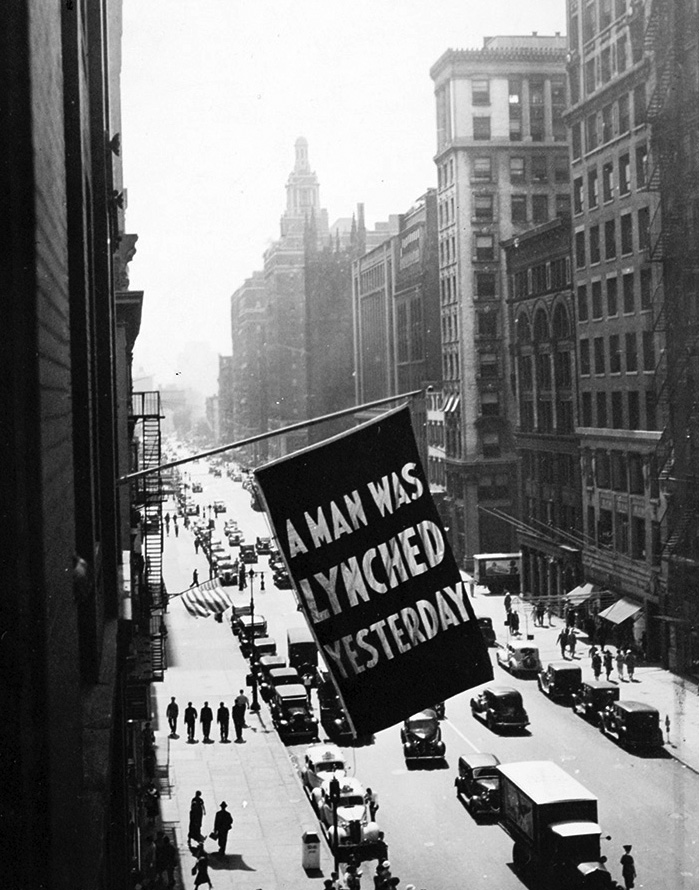Letter from Ida B. Wells-Barnett to public members of the Anti-Lynching Bureau – 1902

Pictured is Ida B. Wells- Barnett, a civil rights activist and advocate for the Anti-Lynching Bureau to end violence against African Americans.
This source is a letter written by Ida B. Wells-Barnett, a famous anti-lynching, and civil rights activist, to members of the Anti-Lynching Bureau in 1902. In this letter, Wells-Barnett, who resides as one of the chairmen for the Anti-Lynching Bureau, addresses its public members to take further action against the violence being committed against their own race. She discusses the number of people lynched in the previous years throughout when the organization was created. She appeals to the public by asking for their efforts in protesting against the violence and the lynching. Ida’s letter addresses African American violence and it’s roots all the way back in the Reconstruction Era. This letter demonstrates the willingness to evoke change for their race and people. It shows the violent crimes African Americans have suffered from and their advocacy to stop it. Wells-Barnett demonstrates her exemplifying commitment to end the lynching campaigns through “agitation and publication.”
Eleanor Roosevelt’s Speech on “The Negro and Social Change” at the 25th Anniversary of the National Urban League – 1935

Pictured is First Lady Eleanor Roosevelt, she gave a speech about “The Negro and Social Change” advocating for change.
This source is a speech given by First Lady Eleanor Roosevelt at the 25th Anniversary of the National Urban League in which she addresses the need to better the quality of life for African Americans throughout the nation. She advocates for an increase in the quality of education, admirates the African American leaders and their efforts, and discusses work to eliminate all threats of injustice. However, she doesn’t disclose herself as a full advocate for the equality movement, she shows support for the African American community. This source displays an authoritative perspective on the civil rights movement and how someone in a position of power reacts to the social movement. It also shows what influence the person in power has on the rest of the nation and how their opinion can both hurt and help their cause.
NAACP’s 30th Annual Report for the year 1939 – 1939

Here pictured is a flag hanging outside of the NAACP headquarters in New York City. The flag states “A Man Was Lynched Yesterday”
This source is a pamphlet created by the N.A.A.C.P for their annual report of the progress made for equality and in the Civil Rights Movement in 1939. Within the pamphlet are lynching reports, legal updates, education updates, and even financial opportunities. The intended audience for this pamphlet are African Americans who are in support of the movement and/or are a part of the NAACP. This source demonstrates the evolution of activism for these people. This source connects to my exhibit because it not only displays the astonishing number of lynches that occurred during the year 1939, but it also shows the evolution of the NAACP. It details the lynches in chronological order, stating how they were killed and when. It shows the growth and popularity the NAACP is receiving as well as their campaign to end the violence occurring against African Americans.
